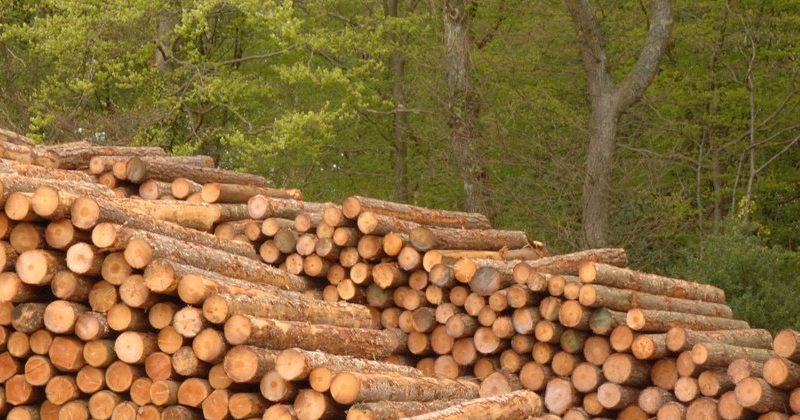New and Emerging Forms of Ethical Timber
Timber is such an amazing natural resource! We build our homes with it, it provides shade for our children to play under, and we carve beautiful furniture to sit around with friends and family. There is no doubt that timber is one of those resources that can be found in so many aspects of our daily lives. Which is why it’s so important to consider sustainability in this field.
The great thing about timber is that it is a renewable and recyclable natural resource.
But some timbers are more sustainable than others and there is a push towards using more sustainable alternatives, especially in furniture production. Timbers like oak which are hugely popular in furniture and flooring are slow-growing and often produced only for their lumbar which means they aren’t as sustainable as fast-growing alternatives.
There is a move towards using more sustainable woods in the mass production of furniture. With plenty of great alternatives out there, we are proud to curate some beautiful sustainable timbers in our collection. Check out some of the timbers our artisans work with and what makes them sustainable:
1. Sheesham wood
Sheesham wood is native to the Indian subcontinent and is also known as Indian Rosewood. The Punjab region is the largest producer of Sheesham timber in Pakistan and India.
Here are some of the characteristics of Sheesham wood:
*It has a beautiful irregular grain structure which is very distinctive in appearance and can be polished to a fine finish.
*The timber is strong and durable which means it maintains its shape well during handling and construction.
*Because of its strength and density, Sheesham wood is also an ideal material for decorative carvings
2. Mango wood
Mango wood has been increasing in popularity in recent years – largely because it is considered a highly sustainable timber. There is a huge demand for mango fruit and once a tree passes its prime fruiting years, in the past it would simply be cut down.
Here are some of mango wood’s characteristics:
*Densely-grained hardwood with a strong structure
*Production costs of working with mango wood are comparatively low because it is an unusual grain with a fine close-knit texture. This means the wood is fast and easy to finish as it does not need extensive sanding or sealing
*In furniture production, mango wood is often stained in colors similar to teak or oak
*Almost 75 million tons of mangoes are produced in India every year with heaps of the fast-growing trees cut down to make room for younger, more fruitful trees – so using mango wood helps reduce waste, improve sustainability and provide another income stream for farmers.
3. Neem wood
Neem wood is native to India and the subcontinent and is part of the mahogany family. It is also known as Nimtree or Indian Lilac. The neem tree is evergreen and is a fast-growing tree that reaches heights of up to 20 meters and in rare cases can grow up to 40 meters tall. It is ready to cut for timber between 5-7 years.
Here are some of neem wood’s characteristics:
*It features interlocking, coarse and rough grain that makes the wood very durable
*While related to the Mahogany tree family, it is easy to work with and carve by either hand or machine
*The neem tree is known for its drought resistance and is often used for shade
*It has multiple other uses including traditional medicine – Siddha and Ayurvedic practitioners use neem products, especially for treating skin disease; neem is used as a natural alternative to pesticides; the oil is used in cosmetics like soap, shampoo, and toothpaste; and for centuries neem twigs have been used as toothbrushes. The stick is first chewed as a toothbrush and then split and used as a tongue cleaner. Cool hey!




